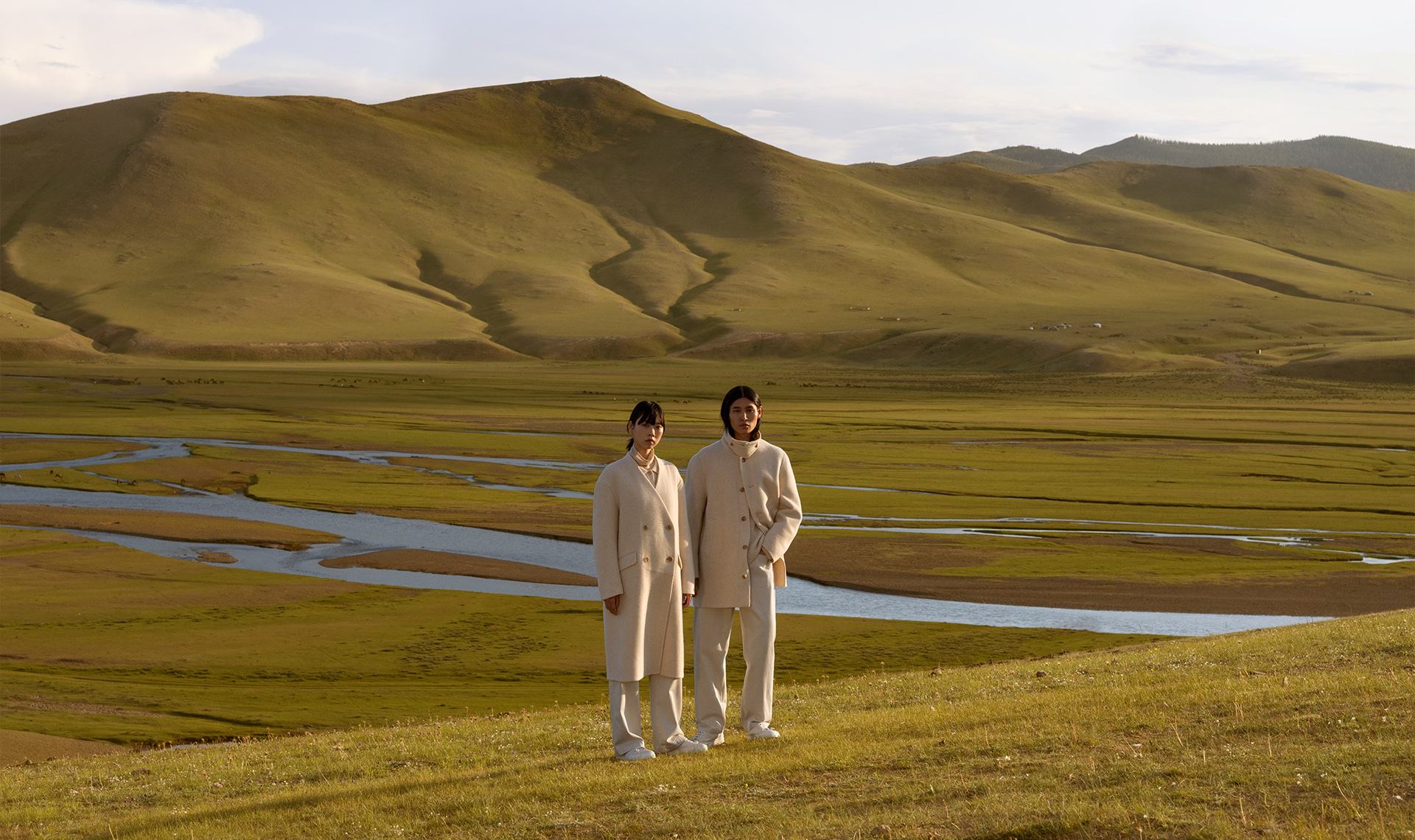
The Hidden Superpower of Bicultural Teams
Why Mixing Minds from Different Worlds Creates Better Ideas
It usually starts with a small misunderstanding.
A word that doesn’t translate perfectly.
A design that feels “too simple” to one side, “too cluttered” to the other.
A debate about whether silence in a meeting means “I agree” or “I’m thinking.”
Most teams call that friction.
We call it fuel.
Because when people from different cultures work together (not just side by side, but truly together), something fascinating happens :
You stop seeing the world as right or wrong, and start seeing it as layers of meaning.
That’s the quiet advantage of a bicultural team.
And it’s exactly how Pont Miyabi was born.
Two Worlds, One Vision
We started as two people with very different maps of the world.
Lisa, a French designer, spent years in Paris studios crafting visuals for luxury brands... then moved to Japan, where “minimalism” suddenly meant something deeper than aesthetics.
She worked with clients across Europe and the U.S., learning how Western storytelling relies on clarity, rhythm, and personality.
Hayate, a Japanese marketing strategist, studied in the U.S. and helped clients grow an audience for both Japanese and global markets.
He learned how American marketing celebrates individuality, and how Japanese communication values harmony and subtlety.
When we started collaborating, our conversations often began with:
“That’s not how we’d say it in Japan.”
“That’s not how we’d design it in France.”
And that’s when we realized : those differences weren’t barriers.
They were bridges.

Why Bicultural Teams See More
Most global companies hire for skills: design, strategy, analytics.
But few realize how much perspective changes everything.
1. Two Sets of Eyes
A bicultural team doesn’t see one problem. It sees two versions of it through two cultural lenses.
Where one person sees “minimal,” the other sees “empty.”
Where one hears “clear,” the other hears “too direct.”
When those perspectives collide, the result isn’t confusion. It’s precision.
You start designing for understanding, not just output.
2. Built-In Cultural Empathy
Cultural fluency isn’t something you can Google.
It’s built through living between languages — ordering coffee, misreading signs, realizing humor doesn’t always survive translation.
Bicultural teams carry that awareness into their work naturally.
They know when a message sounds “off” before anyone else notices.
3. Conflict as Creativity
Yes, we disagree.
But disagreement across cultures forces you to explain why you think something works.
That “why” builds sharper logic, deeper empathy, and better ideas.
Because when comfort disappears, curiosity takes its place.

4. The Global Audience Is Bicultural Too
Most modern consumers live between worlds.
A Japanese Gen Z scrolls TikTok and listens to K-Pop.
A French student loves Studio Ghibli.
A Californian designer reads Monocle and drinks matcha.
The world is blending in a way that does not erase differences, but remix them.
Who can better speak to hybrid audiences than hybrid teams?

Bicultural Advantage in Action
1. Apple Japan
Apple’s ads here aren’t simple translations. They capture Japanese rhythm : quiet confidence, space, respect for detail. The global identity stays, but the emotional tone shifts.
2. Muji
A Japanese brand that conquered the West by embracing minimalism as a philosophy, not just a style, letting global audiences feel the zen behind the simplicity.
3. Louis Vuitton x Yayoi Kusama
A luxury house meets Japanese artistry. What could’ve been a gimmick became a cultural dialogue, proof that when two creative worlds meet respectfully, both shine brighter.
Lessons We’ve Learned
- Context is everything. A great idea in one culture can feel tone-deaf in another.
- Translation isn’t just linguistic. It’s emotional. It’s visual. It’s behavioral.
- Differences are data. Every misunderstanding reveals something about how people see value, trust, and beauty.
At Pont Miyabi, we build processes that celebrate those differences — not as complications, but as ingredients.
Why We Built Pont Miyabi
“Pont” means bridge in French.
“Miyabi” (雅) means elegance, refinement, harmony in Japanese.
Together, they capture what we stand for:
To connect cultures through creativity and understanding.
We founded Pont Miyabi because we believe marketing isn’t just about selling : it’s about translating meaning between people who see the world differently.
Our love for cultural heritage, art, and communication led us here.
We wanted to build a place where East meets West not as contrast, but as conversation.
The Bigger Picture
The future of business isn’t global vs. local.
It’s intercultural.
Brands that thrive won’t be the loudest. They’ll be the most understood.
And the teams that can build that understanding are the ones who live between worlds every day.
Closing Thought
Bicultural teams don’t just speak two languages.
They think in metaphors, bridges, and possibilities.
They turn confusion into curiosity, and curiosity into creativity.
That’s what we do at Pont Miyabi.
We help brands, from Japan to the West, speak to each other fluently.
Because in the end, every great collaboration is a dialogue between worlds.
Until next time,
Lisa Anglade, Co-founder at Pont Miyabi 🌸🌉
Where cultures meet, and ideas travel further.
🔗 Connect: LinkedIn | Website
📩contact@pontmiyabi.com
What's happening
Our latest news and trending topics

.png)

